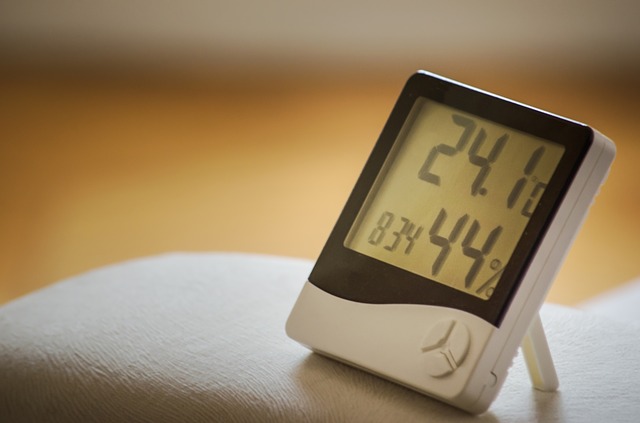
High humidity levels in a home can create an unhealthy environment in a home, however, when indoor air is too dry this also presents a challenge. You may encounter problems such as static electricity and skin irritation. In cases where dry air is excessive, you may also experience problems in the home like peeling wallpaper and warped furniture items, etc. So, what is the best solution to combat dry air in your home? One option is to install a central humidifier.
Many of you may own a stand-alone humidifier. These can work well but will only give dry air relief to a small area. A central humidifier on the other hand is attached to the forced-air system of the home and is fed water by a connection to the plumbing system. The advantage of this is that the entire home can enjoy dry air relief and not just a small area.
Are there any disadvantages to installing a central humidifier? The key to avoiding any unwanted side effects from a central humidifier is good maintenance. Unwanted side effects would include an excess accumulation of moisture which would then promote the growth of bacteria like mold and mildew. This could quickly affect your indoor air quality.
This is just a very brief look at whether a central humidifier is a good option for your home. Do plenty of research before you decide to install one and, think about how easy it would be for you to maintain it.
What about those of you who already have a central humidifier? A good question to ask yourself is when was the last time it was inspected? If it has been some time, it may be a good idea to add it to your list of home maintenance jobs.

Recent Comments